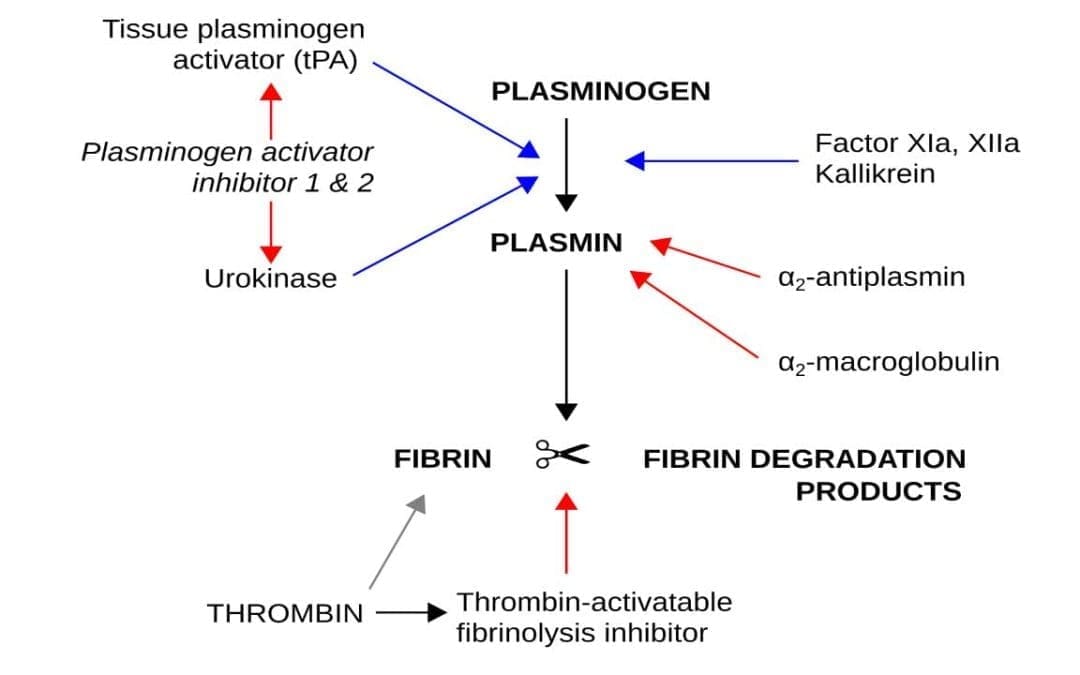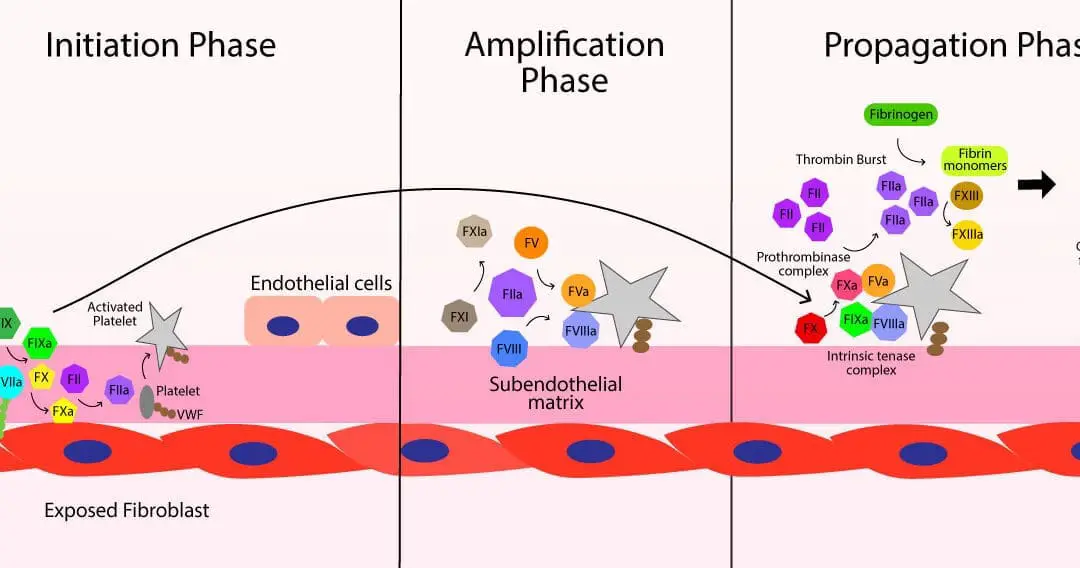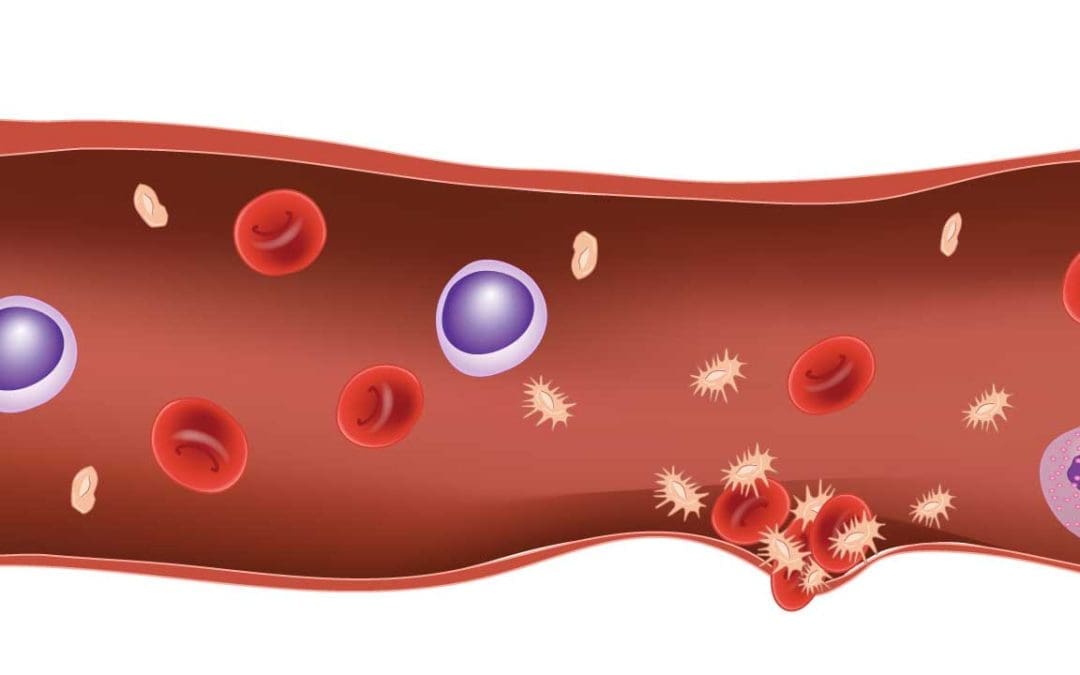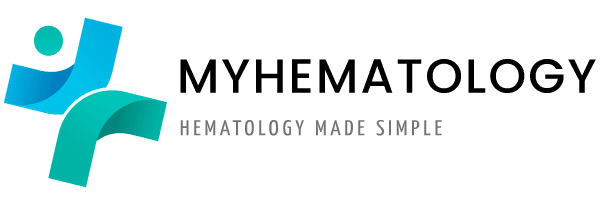
by MH Team | Jan 11, 2024 | Platelet Disorders
TL;DR Fibrinolysis is the enzymatic reaction in dissolving fibrin clots after wound healing, restoring blood flow and preventing unwanted thrombus formation. Essential Players ▾: Plasminogen: The inactive precursor protein, waiting to be activated. Plasmin: The...

by MH Team | Jan 8, 2024 | Platelet Disorders
TL;DR The coagulation cascade is a complex series of biochemical reactions that occur in the blood when a vessel is injured. It’s a tightly regulated process that involves numerous proteins, called coagulation factors, working together to form a blood clot and...

by MH Team | Jan 5, 2024 | Lab Protocols, Transfusion Medicine
Procedure At a Glance Prepare Patient Sample: Centrifuge patient serum to obtain plasma/serum. Prepare Red Blood Cells (RBCs): Make a 2-5% suspension of donor or reagent RBCs in normal saline. Combine Serum & RBCs: Add patient serum to the prepared RBC suspension....

by MH Team | Dec 31, 2023 | Lab Protocols, Transfusion Medicine
Procedure At a Glance The purpose of the Direct Antiglobulin (Coombs) Test or DAT procedure is to detect in vivo sensitization of red blood cells with antibodies or complement components. Collect Patient Sample: Obtain an anticoagulated blood sample (e.g., in an EDTA...

by MH Team | Dec 30, 2023 | Platelet Disorders
TL;DR Primary hemostasis is the body’s rapid response to a broken blood vessel in the physiology of hemostasis, forming a platelet plug through platelet adhesion and platelet aggregation before the secondary hemostasis (coagulation cascade) kicks in. Key...







Recent Comments